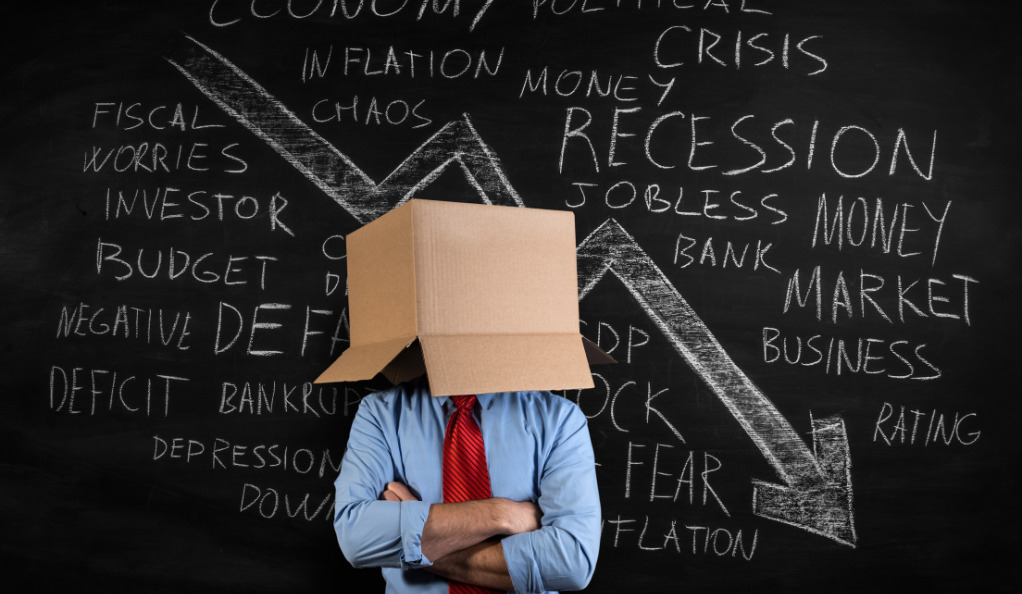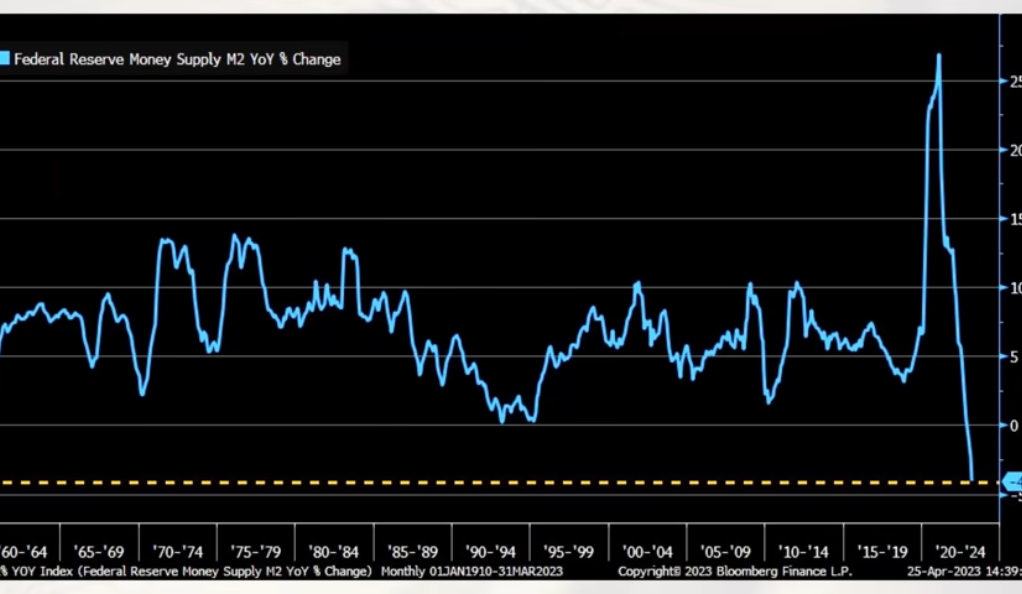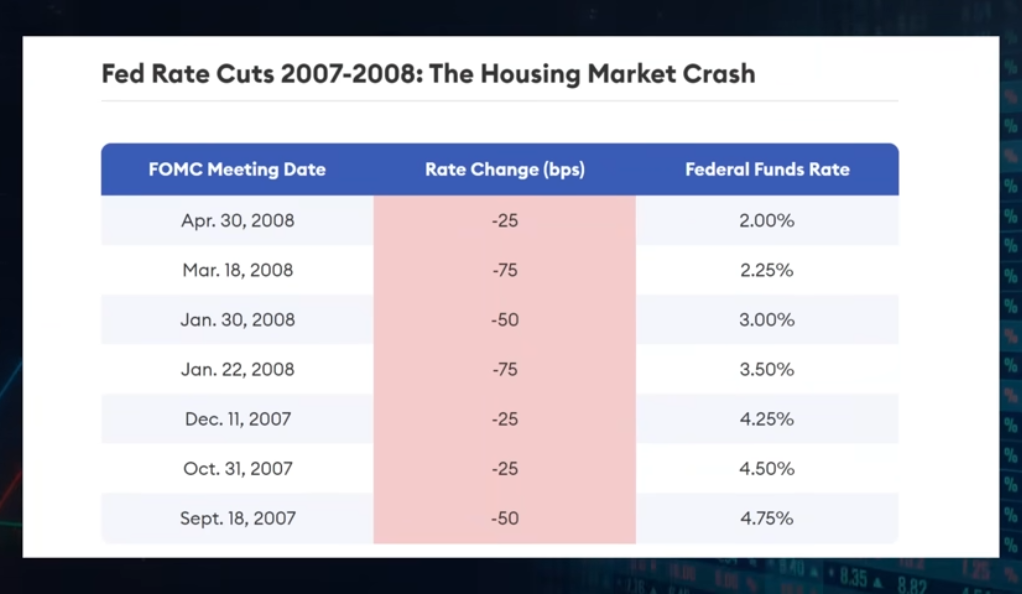
In today’s complex and interconnected global economy, the risks of reinflation and recession loom large on the horizon. These economic phenomena can significantly impact various sectors, including housing, construction, leisure, food, and labor. Understanding the dynamics of these risks, their potential triggers, and their likely impacts is crucial for economic forecasting, strategic planning, and informed decision-making. In this comprehensive analysis, we will delve deeper into the role of the Federal Reserve in managing inflation, the double-edged sword of their policies, the influence of consumer behavior, the inevitability of a recession, the impact of reinflation, the consequences of a recession, and effective strategies for navigating these risks.
Contents
- 1 The Role of the Federal Reserve in Managing Inflation
- 2 The Double-Edged Sword of Fed Policies
- 3 Consumer Behavior: The Key to Inflation and Recession
- 4 The Inevitability of a Recession
- 5 The Impact of Reinflation
- 6 The Consequences of a Recession
- 7 Navigating the Risks of Reinflation and Recession
- 8 Conclusion
The Role of the Federal Reserve in Managing Inflation
As the central bank of the United States, the Federal Reserve (commonly known as the Fed) plays a pivotal role in managing inflation. Its mandate is to promote maximum employment, stable prices, and moderate long-term interest rates. To achieve these goals, the Fed has various tools at its disposal, with one of the key tools being the adjustment of interest rates.
When the Fed raises interest rates, the cost of borrowing money increases. This leads to a slowdown in economic activity as businesses and consumers reduce spending, effectively cooling down sectors that may be overheating and reducing the risk of inflation. Conversely, when the Fed lowers interest rates, borrowing becomes cheaper, encouraging spending and investment, which can stimulate economic activity. However, if the adjustment of interest rates happens too rapidly or to an excessive degree, it can lead to the reemergence of inflationary pressures in the economy, a phenomenon known as reinflation.

The Double-Edged Sword of Fed Policies
While the actions of the Fed can help manage inflation, they also carry the risk of triggering a recession. A recession is characterized by a significant decline in economic activity that lasts for an extended period. It becomes visible in indicators such as industrial production, employment, real income, and wholesale-retail trade. If the Fed continues to aggressively raise interest rates and tighten monetary policy, sectors that are currently experiencing growth could cool down, leading to a slowdown in economic activity and potentially pushing the economy into a recession.
However, it’s important to note that the relationship between Fed policies, inflation, and recession is not straightforward. It is influenced by a range of factors, including government fiscal policy, international economic conditions, and consumer and business sentiment. For example, if businesses and consumers anticipate a recession, they may reduce their spending and investment, which can lead to a slowdown in economic activity and potentially trigger a recession. Moreover, the global interconnectedness of economies means that external factors, such as geopolitical tensions or trade disputes, can also contribute to the onset of a recession.
Consumer Behavior: The Key to Inflation and Recession

Consumer behavior plays a crucial role in the dynamics of inflation and recession. Consumers are the driving force behind demand in the economy. As long as consumers have jobs and can continue to spend, demand remains high, supporting economic activity and potentially contributing to inflation.
However, if consumer spending slows down, the demand for goods and services decreases. This can lead to a decrease in production, resulting in job losses and a further decrease in consumer spending, potentially leading to a recession. Monitoring consumer behavior, including spending habits, employment levels, and sentiment, is therefore crucial for predicting economic trends.
Consumer sentiment, in particular, is a key indicator of economic health. During times of economic uncertainty, consumers may become more cautious in their spending, which can dampen economic growth. On the other hand, when consumers feel confident about the economy and their financial situation, they are more likely to increase their spending, providing a boost to economic activity. Consumer sentiment can be influenced by factors such as job security, wage growth, inflation expectations, and general economic outlook. Therefore, understanding and analyzing consumer behavior and sentiment is essential for assessing the risks of reinflation and recession.
The Inevitability of a Recession
Recessions are an inevitable part of the economic cycle. Economies naturally go through periods of expansion (growth) and contraction (recession). The question is not whether a recession will occur but rather when and how it will happen.
The path to a recession depends on a range of factors, including the actions of the Fed, consumer behavior, government fiscal policy, and international economic conditions. Based on recent data, one plausible scenario is a period of reinflation, where inflationary pressures build up in the economy after a period of slower economic growth or deflation, followed by more aggressive action from the Fed to cool down the economy. The tightening of monetary policy, characterized by higher interest rates and reduced liquidity, can result in a slowdown in economic activity, potentially leading to a recession.

The Impact of Reinflation
Reinflation can have significant impacts on the economy. It refers to the economic condition where inflation returns to the economy after a period of slower economic growth or deflation. This can lead to higher prices for goods and services, which can strain consumers’ budgets and potentially lead to a slowdown in spending.
Reinflation can also create uncertainty in the economy. When prices rise unpredictably, it becomes challenging for businesses to plan for the future. This uncertainty can lead to a decrease in investment, which, in turn, can slow economic growth. Additionally, reinflation can introduce volatility into financial markets. When investors are uncertain about future price levels, they may react by selling off assets, leading to fluctuations in asset prices.
Furthermore, the impact of reinflation can vary across different sectors of the economy. Sectors that are more sensitive to changes in prices, such as housing and construction, may experience greater challenges during periods of reinflation. Higher prices for raw materials and labor can increase the cost of construction projects, potentially leading to a slowdown in new construction and infrastructure development. Similarly, rising prices in the housing market can strain affordability and limit access to housing, affecting both homeowners and potential buyers.
The Consequences of a Recession
A recession can have far-reaching consequences. It often leads to job losses as businesses reduce production and lay off workers. This, in turn, decreases consumer spending as unemployed workers have less money to spend. The decrease in consumer spending can further reduce production, potentially leading to a vicious cycle of economic decline.
Moreover, a recession can result in a decrease in investment. When businesses face uncertainty about the future, they may cut back on investment in new projects, hindering long-term economic growth. This can have implications for infrastructure development, research and development, and overall productivity.
Additionally, a recession can lead to a decrease in government tax revenues, as both businesses and consumers earn and spend less. This decrease in revenues can result in reduced government spending or an increase in government debt, both of which can have long-term economic consequences. Governments may implement austerity measures, which involve cutting spending on public services and social programs, to address budget shortfalls. While these measures are intended to restore fiscal stability, they can further exacerbate the economic downturn by reducing aggregate demand.
Understanding the risks of reinflation and recession, as well as how they are influenced by Fed policies, consumer behavior, and other economic factors, is essential for individuals, businesses, and policymakers. By closely monitoring economic indicators, such as inflation rates, interest rates, employment levels, and consumer spending, it is possible to anticipate changes in the economy and adjust strategies accordingly.
For individuals, this may involve adjusting spending and saving habits in response to changes in the economy. Building an emergency fund, reducing debt, and diversifying investments can help individuals weather economic downturns. Businesses need to be agile and adaptable, regularly reviewing their business strategies and contingency plans. This includes assessing the vulnerability of their supply chains, diversifying customer base, and implementing cost-saving measures during periods of economic uncertainty.
Policymakers play a crucial role in managing the risks of reinflation and recession. The Fed, in particular, must carefully balance its actions to maintain price stability and sustainable economic growth. This involves monitoring inflationary pressures and economic indicators, as well as considering the broader implications of their policies. Fiscal policymakers also have a role to play by implementing measures that support economic stability and promote long-term growth, such as targeted fiscal stimulus, infrastructure investments, and social safety nets.
Conclusion
In conclusion, the risks of reinflation and recession are significant and real. However, with a deep understanding of these economic phenomena and their triggers and impacts, it is possible to navigate the economic landscape effectively.
Staying informed about economic trends, analyzing consumer behavior, and adjusting strategies in response to changes in the economy are key to mitigating risks and seizing opportunities. While the future of the economy may be uncertain, with knowledge and preparation, individuals, businesses, and policymakers can face it with confidence and resilience. By proactively managing the risks of reinflation and recession, we can work towards building a more stable and prosperous future.
Ainu Token aims to offer impartial and trustworthy information on cryptocurrency, finance, trading, and shares. However, we don't provide financial advice and recommend users to conduct their own studies and thorough checks.

Comments (No)